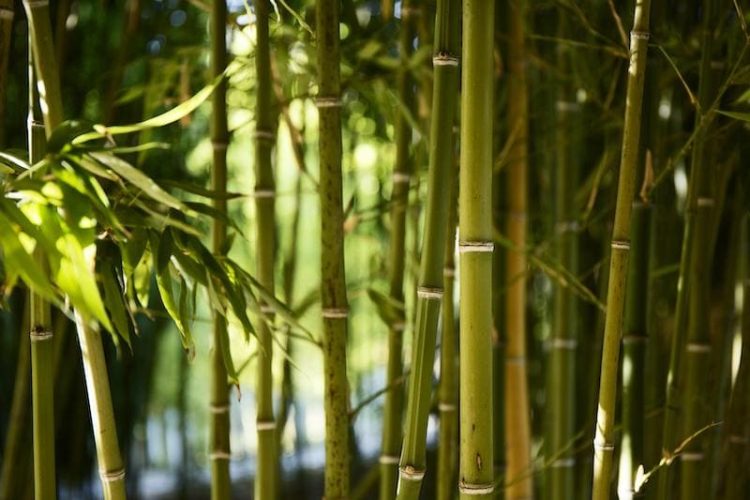To make informed decisions when sourcing bamboo, it’s important to understand how Vietnam’s bamboo factory works. Fortunately, this guide lays it all out for you. Here, we’ll walk you through everything you need to know about the sourcing process from manufacturers and sourcing strategies to the pros and cons of sourcing from Vietnam.
So keep reading to explore the full picture of Vietnam bamboo sourcing in 2025.
Vietnam’s Bamboo Industry: An Overview
In recent years, Vietnam has become among the top four global destinations for sourcing bamboo products. With rich natural resources, skilled artisans, and a growing commitment to eco-friendly production, the country now exports millions worth of bamboo furniture, homeware, kitchen items, and more every year.
These days, Vietnam bamboo is showing up as furniture, flooring, packaging, and reusable straws. It is also doing well on the export front. At the moment, Vietnam holds about 3.37% of the global market share for bamboo and rattan products, based on figures from the International Trade Centre (ITC). A large portion of these exports, around 70%, goes to the EU and the US.
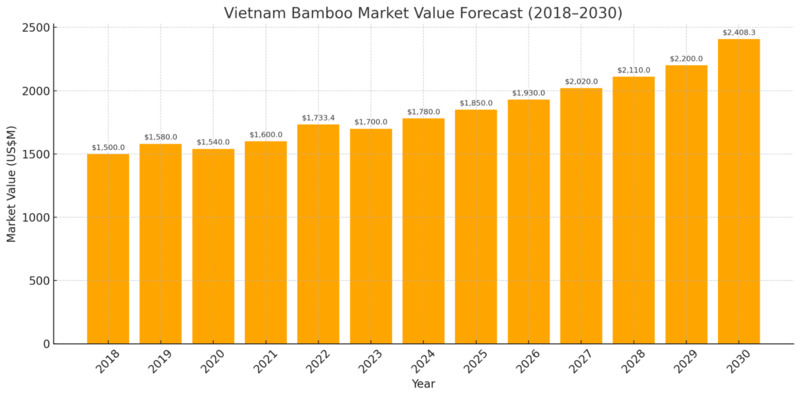
Looking ahead, Vietnam’s bamboo industry is in a strong position to grow. As the world moves towards greener, sustainable materials, bamboo is becoming more popular than ever.
Types of Bamboo Grown in Vietnam
Vietnam is home to about 1.4 million hectares of natural bamboo forests, along with 150,000 hectares of cultivated bamboo plantations. That’s a lot of bamboo, and it fuels the work of over 1,000 craft villages, with nearly 100,000 people in the Hanoi area making a living from it. Following are the main types commonly used for manufacturing:
1. Luồng (Dendrocalamus membranaceus)
This is one of the biggest and strongest types of Vietnam bamboo. It grows tall and thick and can handle a lot of pressure, which is why it’s perfect for jobs that need strong, long-lasting materials.
2. Nứa (Bambusa balcooa)
Nứa is not as big as Luồng but still strong and very useful. Its smooth surface and clean look make it a great fit for household items (trays, chopsticks, bowls, kitchen utensils, and small furniture). Additionally, it’s easy to clean, holds up well with everyday use, and has a nice finish. This makes it popular in both local markets and export goods.
3. Treo (Gigantochloa levis)
Treo saves time during production and handles well in skilled hands. Soft, flexible, and light, it is a top pick in many traditional craft villages. Craftspeople can cut and shape it quickly to make baskets, trays, mats, and small home decor using just simple tools. Often, you’ll find it in rural markets and shops selling handcrafted souvenirs.
4. Mây and Nanh (rattan-like bamboo)
Compared to other types, Mây and Nanh (similar in function to rattan) are thinner and more flexible. Similar to rattan in use, people use them to craft items that require flexibility and precision, which include baskets, serving trays, lampshades, handbags, and small home items. These materials also contribute to the making of bamboo fabric Vietnam for textile industries.
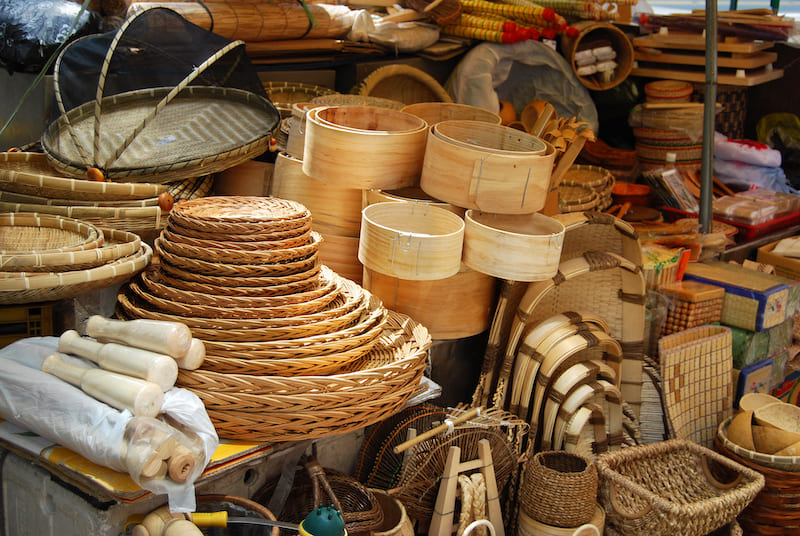
Advantages and Disadvantages of Sourcing Wood and Bamboo from Vietnam
Every sourcing destination has strengths and weaknesses. Vietnam is no exception. Understanding what Vietnam does well and where it falls short will help you make better decisions and set realistic expectations for your bamboo sourcing project.
Pros
When it comes to bamboo sourcing, Vietnam stands out for its balance of quality and value. Here’s why more international buyers are choosing Vietnam for their bamboo product needs.
- Strong manufacturing capacity: As of 2024, Vietnam hosts approximately 6,000 enterprises engaged in the production and processing of wood and forest products. Together, they handle about 40 million cubic meters of timber each year.
- Sustainability commitment: Over 410,000 hectares of forests are FSC-certified, and more than 730 businesses have FSC Chain of Custody to show their sourcing is legit and traceable. They’ve also rolled out VNTLAS with the EU.
- Skilled workforce: Vietnam’s bamboo industry is built on generations of craftsmanship, particularly in rural hubs where hand-weaving and shaping are deeply embedded skills.
- Wide product range: The country’s bamboo sector produces goods in six key categories, including furniture, kitchenware, home décor, textiles, construction materials, and eco-packaging. Alongside are more than 50 distinct product types available for export.
Cons
Despite its many benefits, sourcing bamboo from Vietnam isn’t without its drawbacks. Being aware of these considerations upfront might help you plan better and avoid common issues.
- Delays or unexpected rising costs: In regions like Hanoi, domestic bamboo sources currently meet only around 20% of raw material needs. Such an issue can cause slower production timelines, unexpected material changes, or price increases, especially during high-demand periods when competition for quality bamboo intensifies.
- Low-tech production: Many Vietnamese factories still use traditional methods like hand cutting, sandpaper polishing, and manual assembly. While effective for small orders, these techniques can cause delays and inconsistency in larger, more precise orders.
- Logistical and transportation challenges: Because bamboo is light but takes up a lot of space, it’s not the most efficient cargo. On top of that, Vietnam’s transport system still has its weak points. Rural roads are narrow, and delays at ports aren’t unusual.
- Language barriers and communication gaps: While many sales reps speak some English, not all factory staff are fluent. As such, misunderstandings can sometimes occur during production or when approving samples.
What Are the Common Bamboo Products from Vietnam?
Vietnamese manufacturers make just about everything you can think of with bamboo. From kitchen tools and furniture to construction materials, the product range is surprisingly wide. Let’s look at what’s available and selling well.
1. Furniture and Home Goods
In Vietnam, bamboo furniture makers produce a wide range of items: chairs, tables, shelves, storage units, and decorative home accents. Among these, bamboo chairs and storage baskets are the most exported, commonly shipped to the EU, Japan, and the United States.
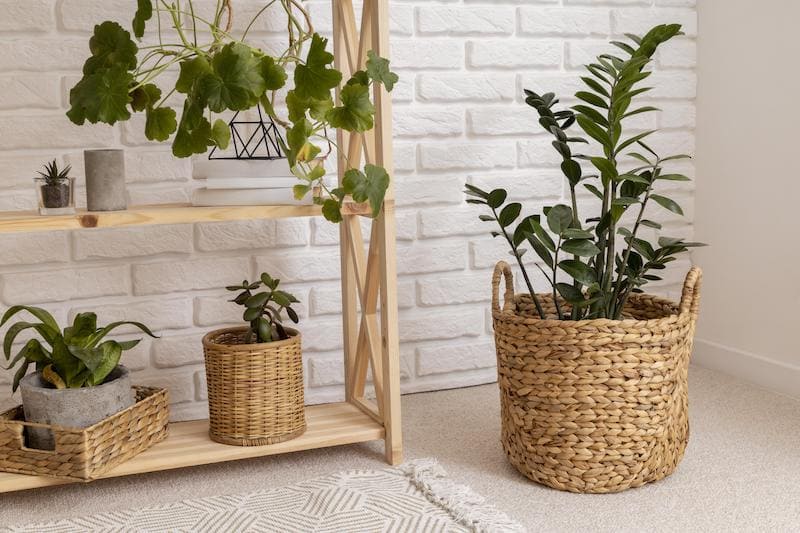
2. Bathware and Hygiene Accessories
Hotels and eco-resorts love Vietnam bamboo for its natural look and planet-friendly feel. Among common bamboo products are bamboo toothbrushes, soap dispensers, towel holders, and full bathroom sets as part of their setup. Bamboo toothbrushes and bathroom sets are the top exports in this category. They go mainly to Germany, the Netherlands, South Korea, and Australia.
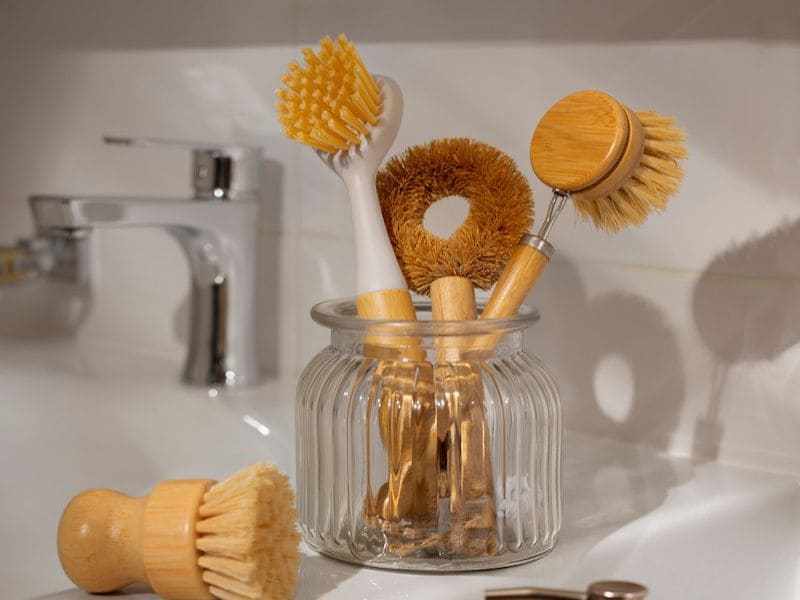
3. High-Quality Materials for Construction Projects
Vietnam’s bamboo output includes a wide range of building materials such as flooring, paneling, ceiling tiles, and other components used in eco-conscious construction. While these products serve both domestic and international needs, bamboo flooring ranks as the leading export. Major buyers include the United States, Canada, and countries across Scandinavia.
4. Industrial-Grade Components and Packaging Solutions
Vietnamese bamboo packaging and industrial-grade components are also highly sourced, from pallets and crates to precision-molded items. Bamboo boxes and biodegradable trays see the highest export volumes, particularly to Japan, South Korea, and France.
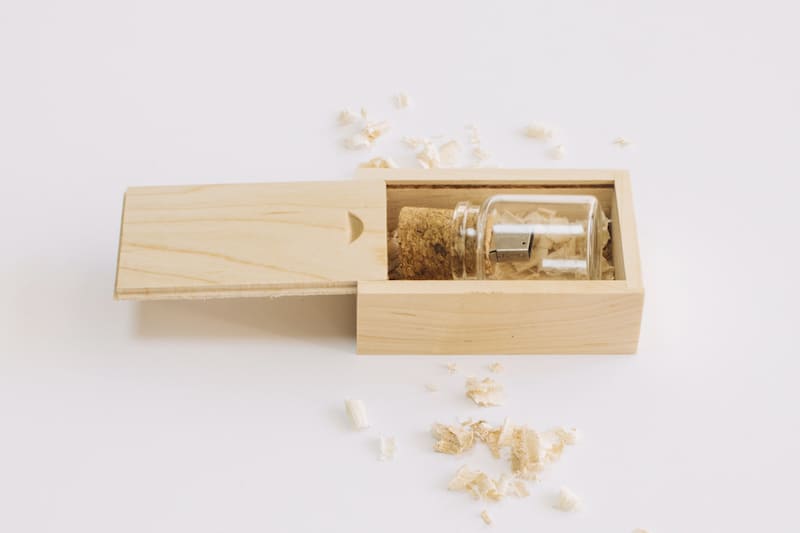
5. Heritage-Inspired Handicrafts and Fine Artworks
This category includes traditional, handmade bamboo items such as woven baskets and decorative trays. These products are top exports and are widely stocked in boutique stores across Europe, North America, and the Middle East.

The following table includes the most common bamboo product categories in Vietnam, including product types, key attributes, and estimated FOB prices to help with sourcing decisions:
| # | Product Category | Key products | MOQs | Estimated FOB Price (USD/unit) |
| 1 | Furniture & Home Goods | Chairs, tables, shelves, storage baskets | 100–300 pcs/item | $6 – $25 |
| 2 | Bathware & Hygiene | Toothbrushes, bathroom sets (dispensers, holders) | 1,000–5,000 pcs/item | $0.40 – $1.20 |
| 3 | Construction Materials | Flooring, ceiling panels, bamboo boards | 200–500 m²/order | $8 – $18/m² |
| 4 | Packaging & Components | Bamboo trays, crates, boxes, pallets | 500–1,000 pcs/item | $0.45 – $2.50 |
| 5 | Handicrafts & Décor | Baskets, trays, decorative items | 300–800 pcs/item | $0.80 – $4.00 |
Note: Prices are estimated FOB (free-on-board, ex-factory, Vietnam) for bulk orders (typically 500+ units). Costs may vary based on customization, material grade, and supplier capacity.
Where Are Vietnam’s Bamboo Production Hubs?
Different parts of Vietnam serve different roles in bamboo production. Manufacturing capabilities vary by region, along with specializations and infrastructure. This regional breakdown shows you where to look for what you need.
Key Regions
Bamboo production in Vietnam isn’t spread evenly across the country. Instead, it centers around three main regions:
- Ho Chi Minh City and Southern Provinces: A large number of Vietnam bamboo and wood factories are based around Ho Chi Minh City. Nearby provinces like Binh Duong, Dong Nai, and Binh Dinh are important centers for processing and production. These areas have good roads, access to ports, and strong supply networks, which allow goods to move smoothly in and out.
- Hanoi and Northern Vietnam: Northern Vietnam is known for its traditional craft villages and small, skilled workshops. Many factories in this region focus on handmade and custom bamboo products. They preserve old techniques while also meeting modern demands.
- Central Vietnam (Quảng Nam, Huế, Bình Định): This region supports both handmade work and factory production. In Quảng Nam and Huế, many families still make bamboo items by hand. Further south, Bình Định is developing a stronger manufacturing base, with factories focused on processing raw bamboo and filling bulk orders. Located between the North and South, and with nearby port access, these areas offer a good balance for both making and shipping bamboo goods.
Top Bamboo Manufacturers
A few manufacturers clearly rise above the rest due to their expertise and reliability. Below are four companies that deserve your attention.
- Oceans Republic: Based in Hanoi, Oceans Republic runs a large factory that produces bamboo goods for hotels, kitchens, and custom orders. They’re SGS certified and ship their products to customers around the world.
- BambooVision: Buyers looking for variety will find over 400 bamboo product options at BambooVision. On top of that, the company delivers private labeling and ships orders through dropshipping for online sellers.
- Pefso Company Limited: Pefso ranks among Vietnam’s leading exporters of bamboo handicrafts. They work mainly with natural materials and send their products to more than 20 countries. Their production process emphasizes quality checks.
- Eco Bamboo Vietnam: This brand builds everyday Vietnam bamboo products using materials from nearby farms. They care about the environment and use methods that are safe and gentle on nature.
Sourcing Vietnam Bamboo with Vinasources
Finding reliable Vietnam bamboo suppliers can be frustrating. The information isn’t always clear, while suppliers can be hard to reach too. It’s also tough to tell who’s reliable and who’s not.
VinaSources changes how this works. We bring together verified Vietnam bamboo sourcing companies that are fully prepared for international trade. Each supplier complies with Vietnamese export regulations, including Circular 38/2015/TT-BTC and Decree 69/2018/ND-CP, which govern customs procedures, trade documentation, and conditional business licensing. Many are also certified under international standards like FSC and PEFC, which meet requirements under the EU Deforestation Regulation (EUDR) and the U.S. Lacey Act.
You can browse real factory profiles, check product info, see certifications, and view photos or videos before reaching out. Everything is in one place, easy to follow, and made for serious sourcing.
Better yet, support services are built into the process, so you don’t have to look elsewhere for logistics or compliance help. Be it shipping, customs, or quality checks, everything can be handled through trusted connections inside the platform, without extra steps or unnecessary back-and-forth.
Ready to get quoted? Contact us now.
